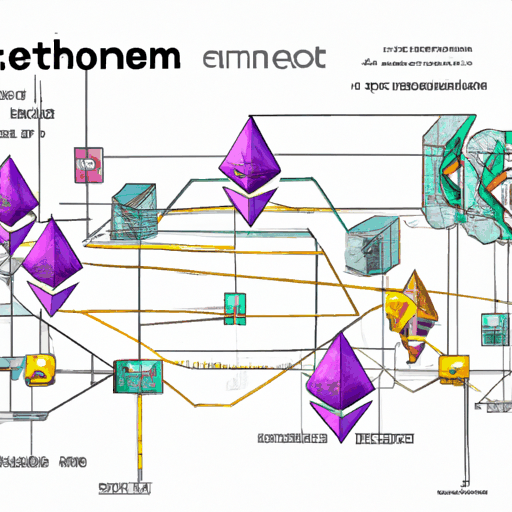
Advanced Concept: The Intricacies of Yield Farming in DeFi
By: Eva Baxter
Yield farming or liquidity mining is an innovative concept in the world of Decentralized Finance (DeFi) that allows crypto investors to earn returns by providing liquidity to a DeFi platform. The way it works is that investors lock up their cryptocurrencies in a liquidity pool. As a reward, they receive new tokens in addition to the trading fees generated by the platform. This mechanism aligns the interests of liquidity providers and platform users, and ensures the smooth operation of the marketplace.
While this process may seem straightforward, it involves a multitude of factors like Impermanent Loss, risk evaluation, and understanding complex smart contract interactions. Impermanent loss happens when providing liquidity to automated market makers (AMMs). When the prices of your staked assets change compared to when you put them into the pool, you might end up with less than if you had just held the assets.
Risk evaluation is necessary because DeFi platforms might suffer from vulnerabilities in their smart contracts or become the target of a cyber attack. Therefore, the user should understand the risks associated with the platform and the smart contract they are interacting with.
The complexity of smart contract interactions in yield farming has to be managed properly to prevent any financial loss. This requires a deep understanding of how different DeFi protocols interact with each other and how layered yield farming works.



